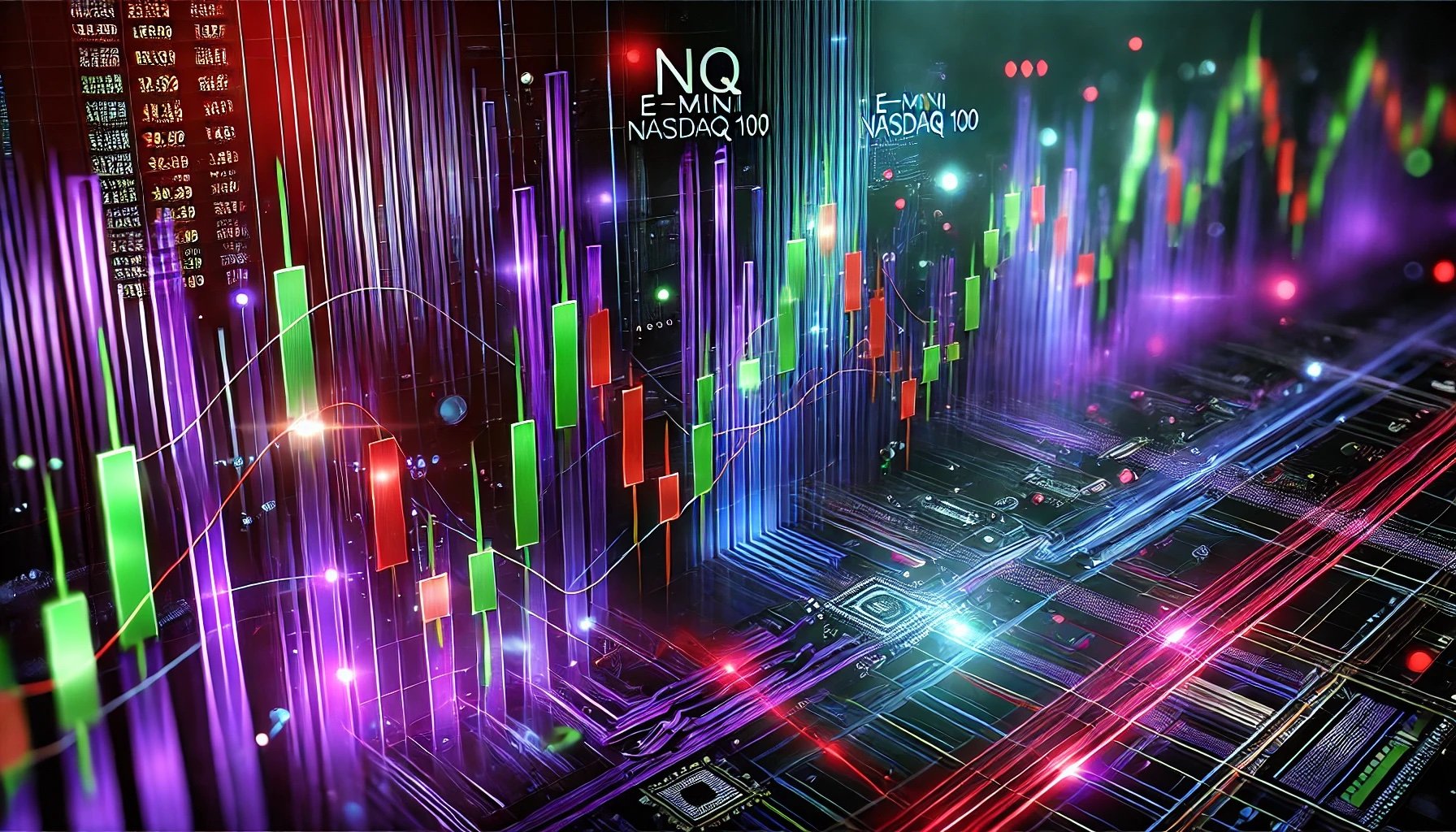
NQ (E-mini Nasdaq 100)
A Comprehensive Overview of the NQ Future Contract: History and Evolution
The NQ future contract, known as the E-mini Nasdaq-100 futures, is a vital part of the futures trading landscape, offering unique exposure to the performance of the Nasdaq-100 Index. This index tracks 100 of the largest non-financial companies listed on the Nasdaq stock exchange, encompassing some of the most influential tech giants and industry leaders. Since its introduction, the NQ contract has become a preferred instrument for traders looking to leverage the volatility and growth of the tech sector.
Origins and Launch
The NQ contract was launched by the Chicago Mercantile Exchange (CME) on June 21, 1999, in response to the rising interest in technology-focused investments during the late 1990s tech boom. Prior to its introduction, traders seeking exposure to the Nasdaq-100 Index were limited to larger, more capital-intensive contracts. The NQ E-mini was designed to offer a more accessible way for both retail and institutional traders to participate in the dynamic and rapidly evolving technology market.
Key Features and Structure
The NQ E-mini contract is based on the Nasdaq-100 Index and has a multiplier of $20 per index point. This structure provides significant leverage while maintaining a manageable size that makes it attractive to a wide range of market participants. Like other E-mini contracts, the NQ is cash-settled, eliminating the need for physical delivery.
Popularity and Market Impact
From its early days, the NQ contract quickly gained popularity, driven by the substantial growth and volatility of the tech sector. The late 1990s and early 2000s were marked by rapid advancements in technology, and the NQ allowed traders to capitalize on both bullish and bearish movements in tech-heavy stocks. As the dot-com bubble burst, the NQ remained a key tool for hedging and speculative trading, demonstrating its resilience and adaptability.
The contract’s success spurred further interest in E-mini futures across various indices, solidifying the NQ’s place as a staple for futures traders. The contract’s volume surged as it became a reliable instrument for managing exposure to high-growth and high-volatility sectors of the U.S. economy.
Technological Advancements and Electronic Trading
The NQ future contract benefited immensely from the transition to electronic trading platforms such as CME’s Globex system. This shift enhanced the accessibility, speed, and efficiency of trading, allowing global participants to engage in the market with ease. The seamless execution provided by electronic platforms helped cement the NQ’s role as a favored choice among day traders, algorithmic traders, and institutional investors.
Strategic Importance in Trading
The NQ contract is especially significant due to its representation of tech and growth stocks. This concentration makes it an ideal vehicle for traders and investors who want targeted exposure to the performance of major technology companies, such as Apple, Microsoft, Amazon, and other tech leaders. The high volatility typically associated with these stocks translates into significant trading opportunities within the NQ futures market.
Moreover, the NQ contract is used not just for speculation but also as an effective hedging tool. Portfolio managers and institutional investors often turn to the NQ to manage risk and offset potential losses in tech-heavy portfolios.
Resilience Through Market Cycles
Throughout various market cycles, including the aftermath of the dot-com bubble, the 2008 financial crisis, and recent global economic challenges, the NQ contract has maintained its relevance. Its adaptability and liquidity make it a mainstay for futures traders looking to navigate periods of both rapid expansion and economic uncertainty.
Current Status and Future Outlook
Today, the NQ E-mini Nasdaq-100 futures contract continues to attract significant trading volumes and remains a critical part of the trading strategies for many market participants. It offers unparalleled insight into the movements of the tech sector and serves as a barometer for economic innovation and growth. As technology continues to evolve and integrate into various facets of business and life, the NQ contract’s importance is poised to grow even further.
Conclusion The NQ future contract has a rich history that underscores its critical role in modern trading. From its inception in 1999 to its current status as a key instrument for trading and hedging, the NQ E-mini has consistently provided traders with a reliable, efficient, and targeted way to engage with the Nasdaq-100 Index. Its legacy is one of innovation, resilience, and the ability to adapt alongside the fast-paced world of technology and finance.